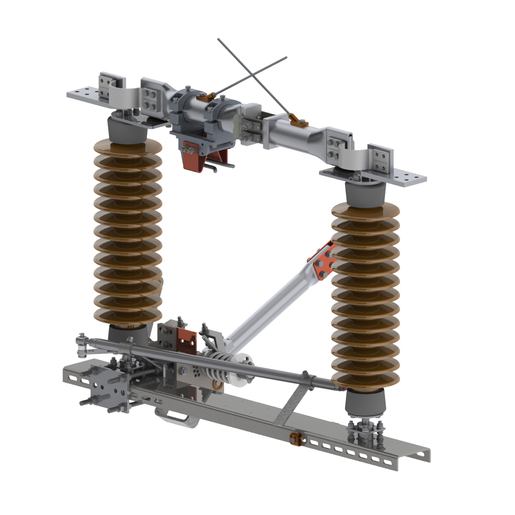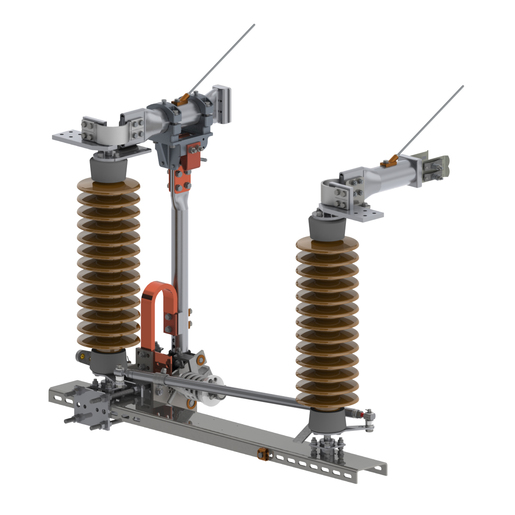An error occurred while checking price. Type 'CTRL+SHIFT+DELETE' and check 'Cookies' and 'cache' options, with time lapse equal to 'All the period' and type 'Clean'. Please restart your browser and try again. If the error persists contact the Support Team.
An error occurred while checking availability. Type 'CTRL+SHIFT+DELETE' and check 'Cookies' and 'cache' options, with time lapse equal to 'All the period' and type 'Clean'. Please restart your browser and try again. If the error persists contact the Support Team.
There was an error uploading the file
There was an error not foreseen. Type 'CTRL+SHIFT+DELETE' and check 'Cookies' and 'cache' options, with time lapse equal to 'All the period' and type 'Clean'. Please restart your browser and try again. If the error persists contact the Support Team.
Quantity must be informed
Add Service Order Code or Plant
An error occurred
You need to select at least 1 product to add to cart
You need to select at least one product to add in your comparison list
Select at least one list to add to your products
Select at least one product to add to your shopping list
The file you entered is not of the correct type.
Select some document
Product added to cart
Selected products added to cart
Selected products added to cart in place of purchase:
Selected products were added to comparison
See products on comparison page
Billing request sent successfully. {0}
OS ID:
Representative Image Only
Designed and developed in compliance with NBR IEC 62.271-102 standard, they ensure the insulation of equipment or segments of substation lines when in the open position, allowing confirming visually that the isolated segment is powered down.
Configure

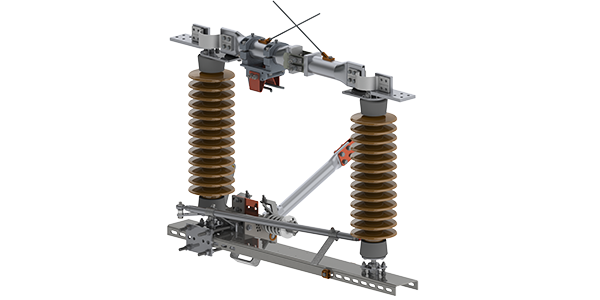
What is a switch-disconnector ?
A switch-disconnector is an electromechanical device able to interrupt or establish low-intensity currents at the moment they are driven, and, under normal operating conditions, in the closed position, to withstand high-amplitude currents, such as those of short circuits.Designed and developed in compliance with NBR IEC 62.271-102, their function is to ensure the insulation of equipment or parts of substation lines when in the open position, allowing confirming visually that the isolated segment is de-energized.
WEG Advantages
- Line of 100% national switch-disconnectors;
- Constant innovations in components, processes and products;
- Special service focused on the specific needs of each customer;
- Verticalization of processes, allowing broad quality control of the different production phases, as well as flexibility of lead times;
- Wide network of accredit Technical Assistants, ensuring fast, local technical service and support to WEG's customers.
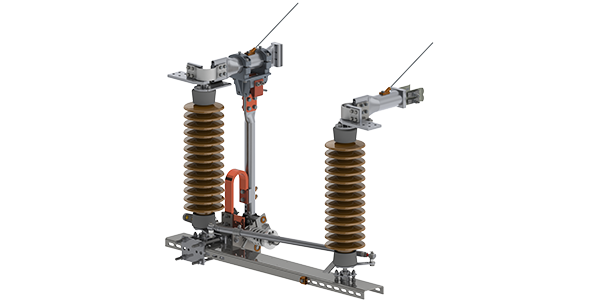
Opening types
- Hook stick switch: Used in distribution substations. Switched by stick;
- Tandem hook stick switch: Used in distribution substations. Switched by stick;
- Center break disconnector: Used in industrial substations due to their simpler construction;
- Vertical break disconnector: Used mainly in transmission substations due to their excellent endurance to short circuit;
- Vertical reach disconnector: Used in substation inputs/outputs, connection of upper x lower busbars and bypasses;
- Double side break disconnector: Excellent endurance to short circuit, with smooth operation, since they do not require compensation springs;
- Horizontal semi-pantograph disconnector: Used mainly in transmission substations due to their excellent endurance to short circuit. Because of its compact size, it can be used in areas with little space;
- Vertical semi-pantograph disconnector: Used in substation inputs/outputs, connection of upper x lower busbars and bypass.
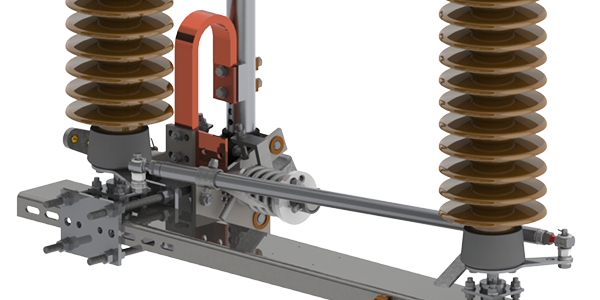
Applications
- Power distribution substations operated by stick switch;
- Industrial substations;
- Generation and transmission substations.
Special applications (laboratories, automatic systems for equipment monitoring, etc.).





